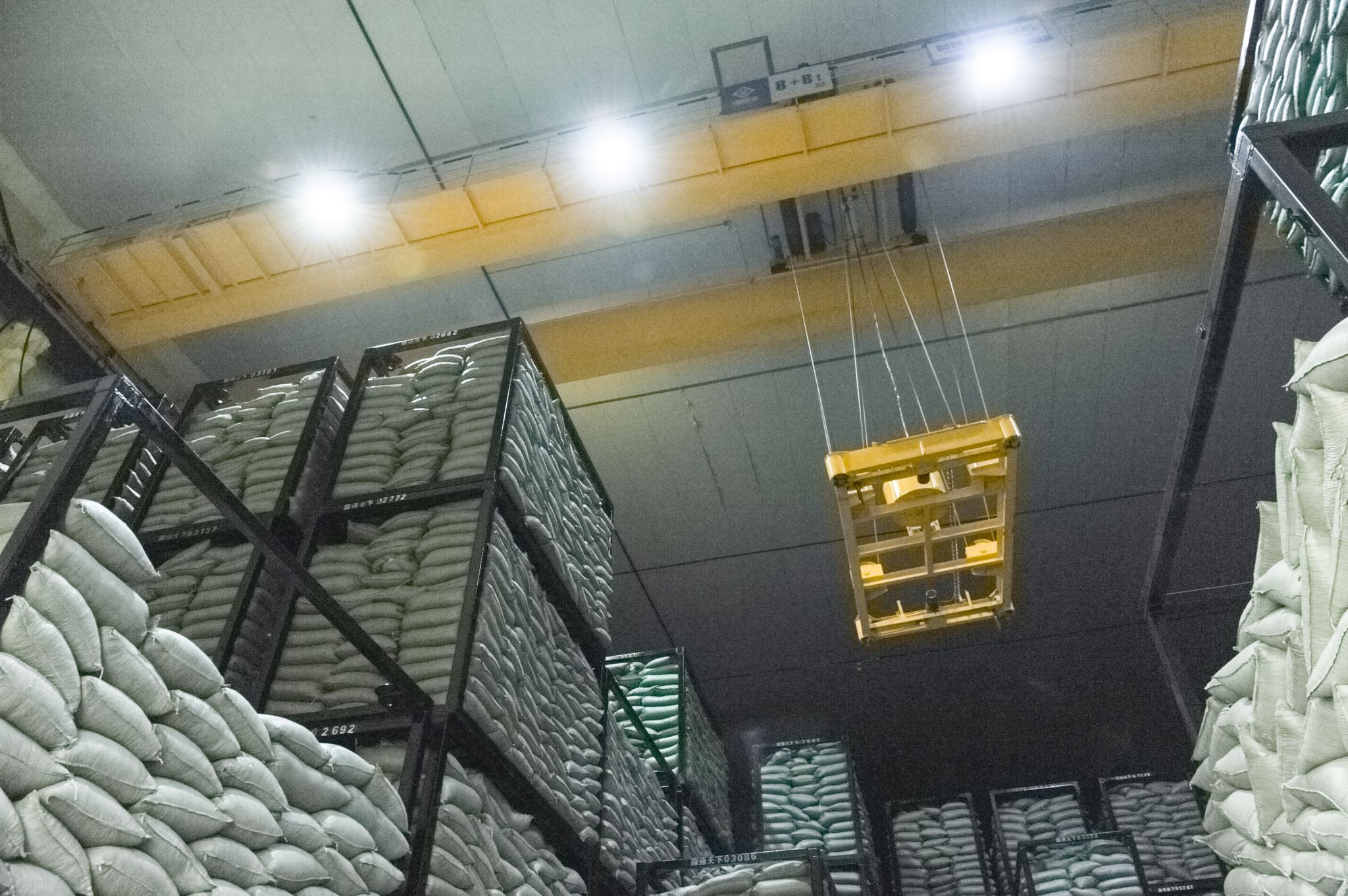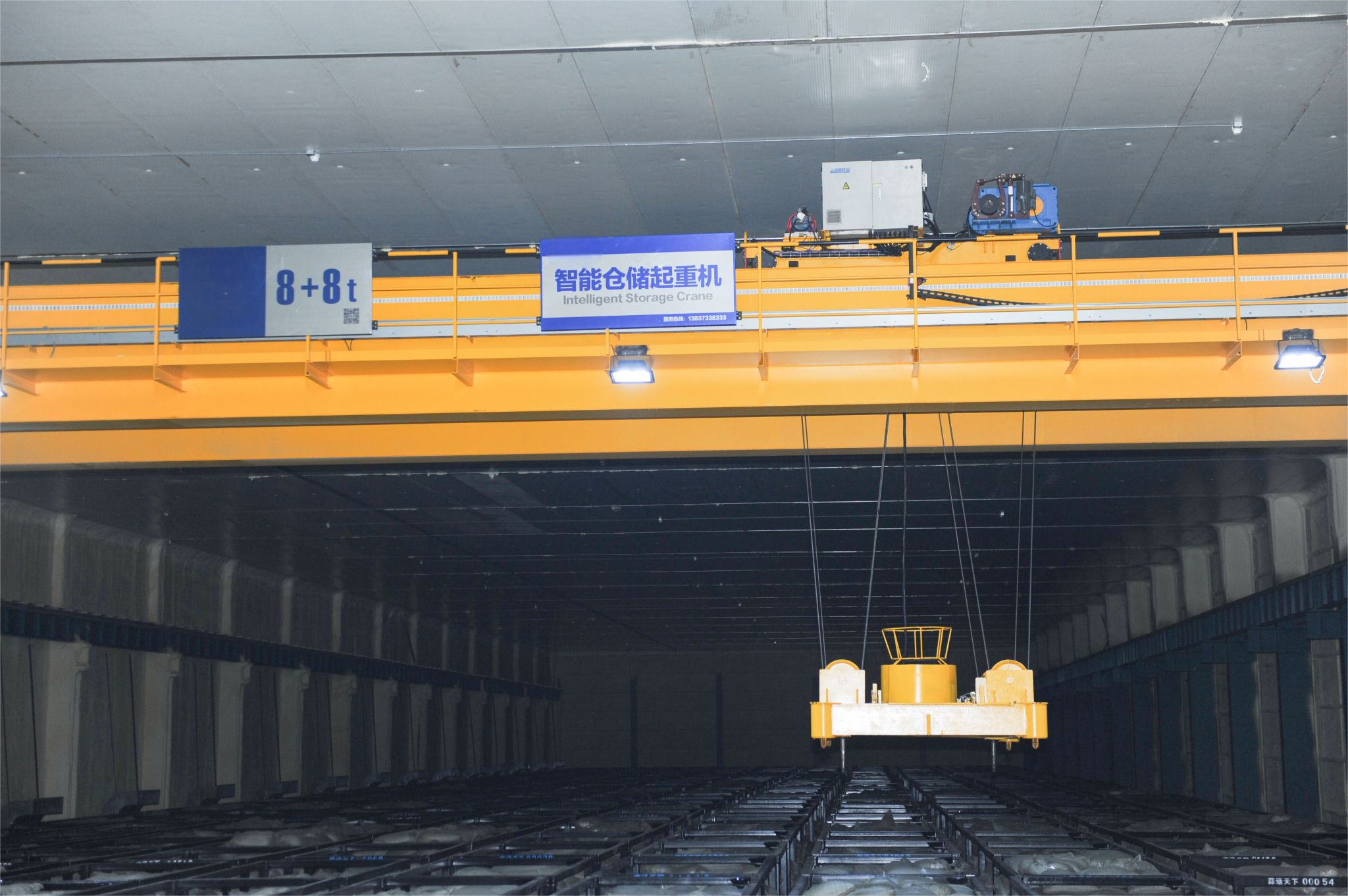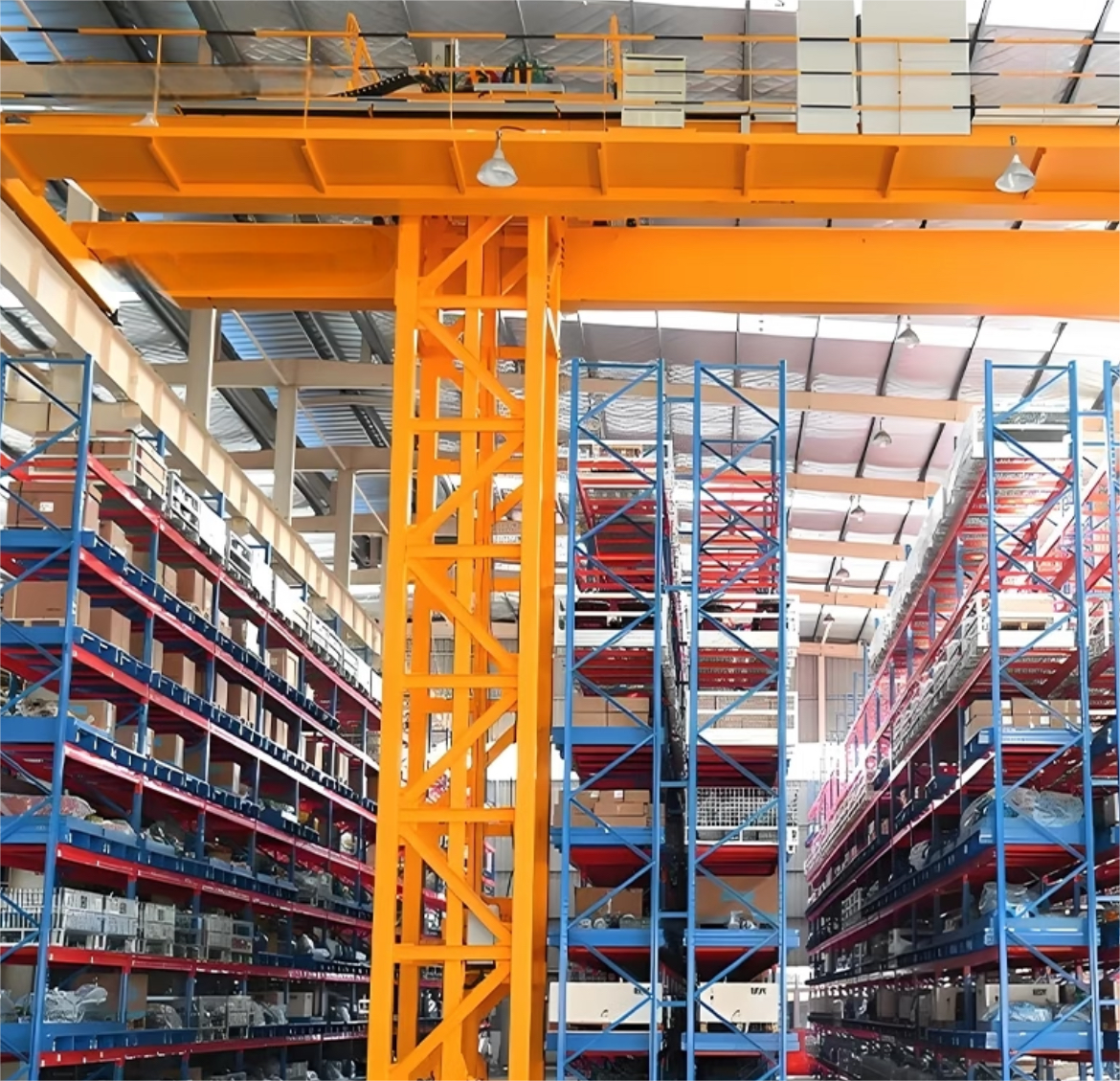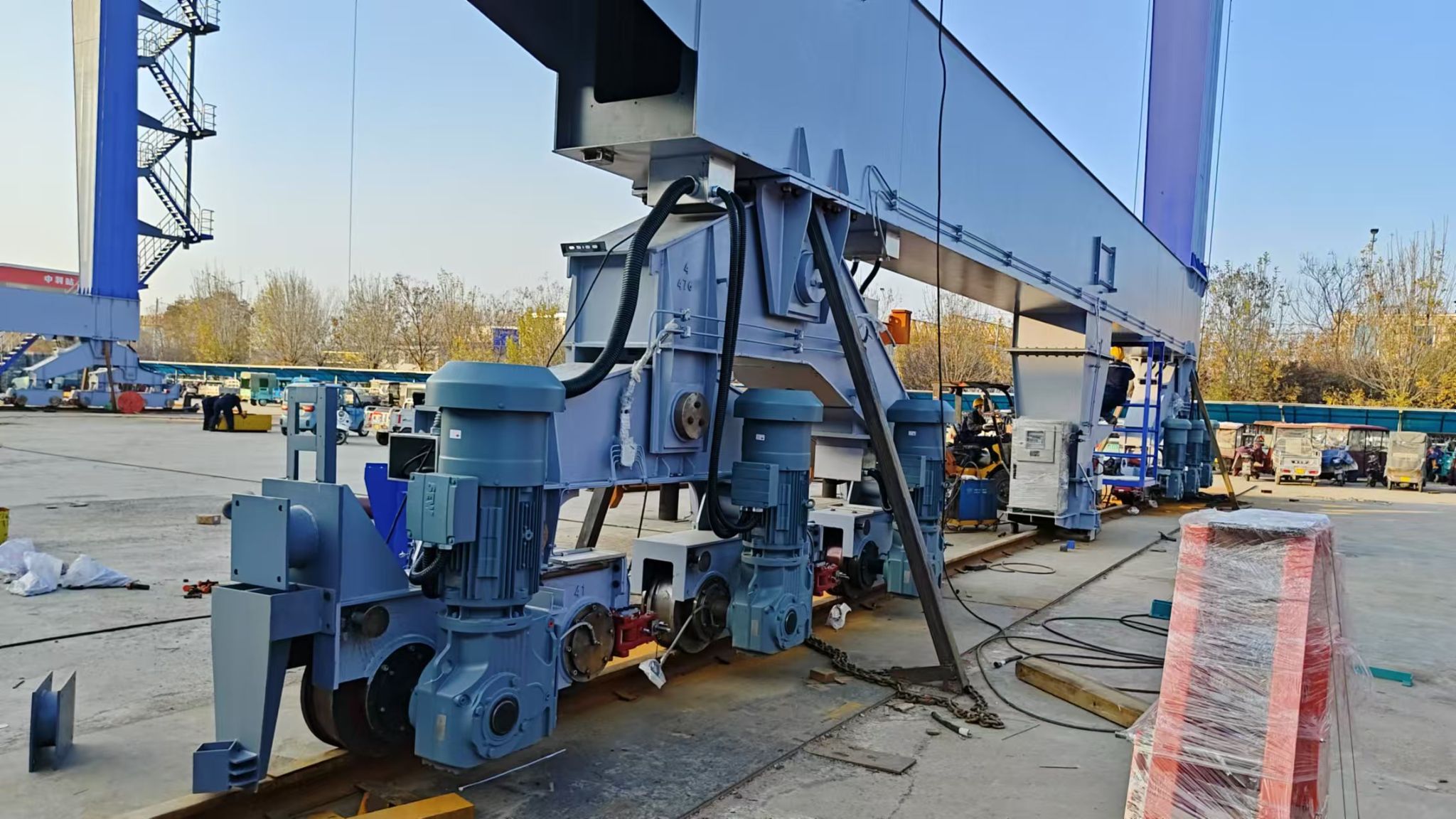1.Basic definition and technical parameter comparison
1.1 Structural design differences
All-Terrain Crane
Multi-axle tire chassis (usually 8-9 axles)
All-wheel steering system + hydraulic suspension as standard
Maximum travel speed: 85km/h (German Liebherr LTM 11200-9.1 model)
Crawler Crane
Crawler walking device + expandable chassis
No self-propelled ability, flatbed truck required for transportation
Ground pressure ratio: 0.05-0.15MPa (swamp adaptability standard)
1.2 Capacity range of mainstream models
Model maximum lifting capacity arm length limit, typical application scenarios
All-terrain crane 1200 tons 180 meters urban viaduct lifting
Crawler crane 4000 tons 240 meters nuclear power dome lifting

2. Detailed comparative analysis of six dimensions
2.1 Mobility and transfer efficiency
Advantages of all-terrain cranes
Highway speed: 75-85km/h (can be transferred directly across cities)
German DEMAG AC 1000 case: single-day transfer distance reaches 350 kilometers
No need to remove counterweight (90% of models support counterweight loading in driving state)
Disadvantages of crawler cranes
Transfer requires a 40-axle flatbed fleet (taking LR 13000 as an example)
Time required for disassembly and assembly: 72-120 hours (super large machine)
Special road sections require an overload transportation license
2.2 Adaptability to complex terrain
Advantages of crawler cranes: Soft ground bearing capacity increased by 300%
Sumitomo SCX2800A case: stable operation on 15° slope
Extended crawler shoes can be installed (ground contact area increased by 40%)
Restrictions of all-terrain cranes
Tire ground contact pressure: 1.2-1.8MPa (wetlands prone to sinking)
Steel plates need to be laid on rough roads (increase construction costs by 5-8%)

2.3 Lifting performance and operating radius
Characteristics of all-terrain cranes
Multi-stage telescopic boom technology (standard configuration of 7-section boom)
Wind speed limit: 20m/s (with superlift device)
Typical working conditions: 150 tons @ 30m radius
Characteristics of crawler cranes
Flexibility of truss boom combination (up to 240m)
US Mammoet PTC210 project: completed 200m radius lifting
Stability increased by 45% with superlift counterweight

2.4 Economic comparison
Cost type all-terrain crane (900-ton class), crawler crane (900-ton class)
Purchase cost $3.5 million $2.8 million
Transfer cost/time $12,000 $180,000
Annual maintenance cost $150,000 $80,000
ROI cycle 5-7 years 3-5 years
2.5 Safety and compliance requirements
All-terrain cranes
Must meet DOT road safety standards + ANSI B30.5 operating standards
Operator certification: NCCCO TLL certificate (mandatory requirement in the United States)
Crawler cranes
Must pass ASME B30.5 load test certification
Site preparation requirements: foundation bearing capacity ≥ 0.8kg/cm²
2.6 Intelligent technology adaptation
All-terrain crane innovation
Liebherr SAC system: automatic leveling error <0.3°
5G remote control (delay <20ms)
Crawler crane breakthrough
Sany SCC98000TM: equipped with obstacle AI recognition system
Digital twin simulator: training efficiency increased by 60%
3. Typical scenario selection decision tree
3.1 Give priority to all-terrain cranes
Urban expressway bridge construction (high-frequency transfer required)
Wind turbine blade installation (height requirement of more than 80 meters)
Emergency rescue (72-hour response requirement)
3.2 Give priority to crawler cranes
Refinery modular construction (thousand-ton lifting)
Offshore platform assembly (wind and wave stability requirement)
Mining equipment maintenance (non-hardened ground operation)
4. Industry trends and future evolution
4.1 Impact of new energy technologies
All-terrain crane electrification: XCMG XCA260E has a range of 200km
Crawler crane hydrogen fuel transformation: Japan KATO test machine reduces emissions by 40%
4.2 Automation upgrade direction
All-terrain model: automatic path planning system (save 15% transfer time)
Crawler model: cluster collaborative control system (multi-machine synchronization accuracy ±2cm)
5. User decision checklist
Is the transfer ≥3 times per month?
Is the hardness of the working ground <0.5kg/cm²?
Is the maximum lifting capacity required > 1,200 tons?
Does the project budget include high-frequency transportation costs?


